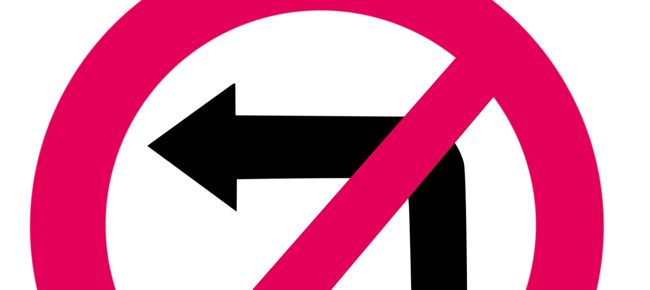
Some of my athletes or men at my gym will come to me with different types of injuries that aren't acute or trauma related. Most of the time, the injury will be a sore shoulder (with that, I'll notice kyphosis, or a hunched upper back) or sore low back or what have you. Anyway, I can usually pinpoint it to a problem in their previous training program.
When I was driving into teach the other day (for those of you who don’t know, I’m a physical education teacher in addition to owning my strengthening and conditioning facility), I noticed something happening with my truck that’s happened with almost every other car I’ve previously owned. If I’m going straight and I’m just kind of cruising, just sitting in light traffic, I take my hand off the steering wheel briefly and the car always seems to pull to the right. I don’t know if you’ve had this experience, but it seems like the steering wheel favors to the right after you’ve had the car for a while.
I started thinking about why this was happening. I figured it just couldn’t be my cars that were doing this. It turns out that 51 percent of all turns we make in a car are right turns, which means 49 percent are left turns—not a huge difference. So you’re only talking about one percent of turns here, but that’s enough to throw off the balance. I don’t know if it’s the steering alignment or the steering wheel or the tread on the tires, but there is a difference, an imbalance. Over time, that’s going to cause me to have to get my tires rotated periodically, get new tires, or get my steering realigned. Essentially, the car will break down and it will have to be fixed.
Now, you guys know I’m an analogy guy. How can this relate to our training? We’re only talking about one percent difference with the car and the steering, but in your training, I'm sure the difference is a lot more than one percent, especially if you're like most guys and you’re way overpressed or your sport favors one side more heavily than the other. If there is an imbalance in your training ratio or volume, you’re going to eventually have an injury and you’re going to have to get fixed whether you like it or not. So it’s very important that we achieve some kind of balance in our training volume and in our training program. That doesn’t mean both sides of the body have to be equally strong. Obviously, if you’re a righty, you’re going to have more swinging power from the left side of the plate when you're up at bat and vice versa.
A big one that I’ve noticed is definitely pulling to pushing. I’ve had many of my baseball players come to me with sore shoulders or elbows. They perform strictly pulling movements when they’re in-season. Even after the season, if they’re having elbow or shoulder pain, that really seems to fix the problem. You’re going to have to work in different planes of motion. You can’t just work the sagittal plane, which is what many bodybuilders do. They just work the sagittal plane and they get overuse injuries and all types of 'itisis'—tendonitis, bursitis, arthritis. The reason being is they’re out of balance with what the body can do.
So this is just another way that you can teach a meathead analogy. The one percent difference in the turns that you make are still going to throw off the alignment. It's still going to throw everything off, so you have to strive for balance in your training program. Again, that doesn’t mean you need perfect balance, but the issue does have to be addressed. In your training, you have to achieve an optimal ratio and that goes for pushing/pulling and the different things the body can do.








